John B. Bushard reunion strengthens relationships, brings back memories
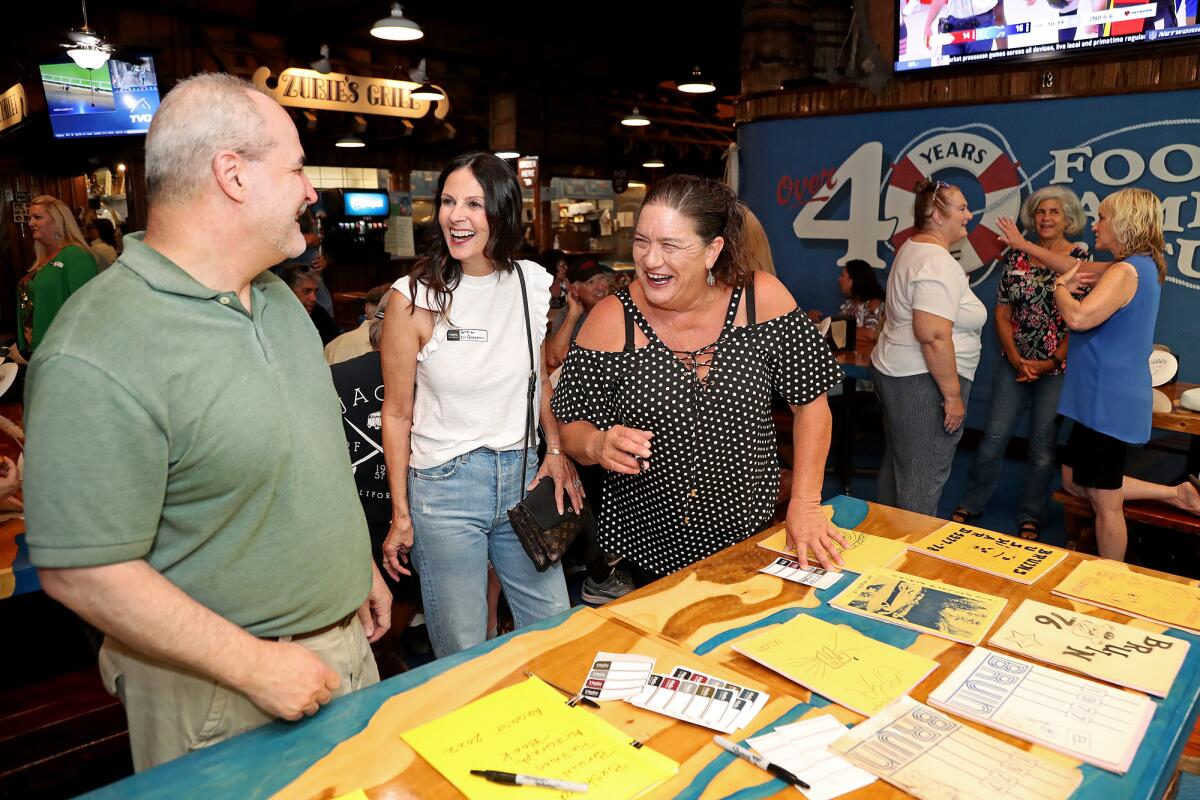
Not for the first time, an all-class reunion was held for John B. Bushard Elementary School, but the power of those relationships is evident when one considers it has been four decades since the school closed.
Dozens of people gathered at Zubieâs Dry Dock in Huntington Beach Saturday to share food and stories with each other. The attendees included both students and teachers â and as one teacher noted, even a former main office staffer.
Neil Swaigler, who taught math and science at the school from 1972 to 1980, pointed to the people in the room with Hawaiian leis draped around their necks and said all of them were teachers.
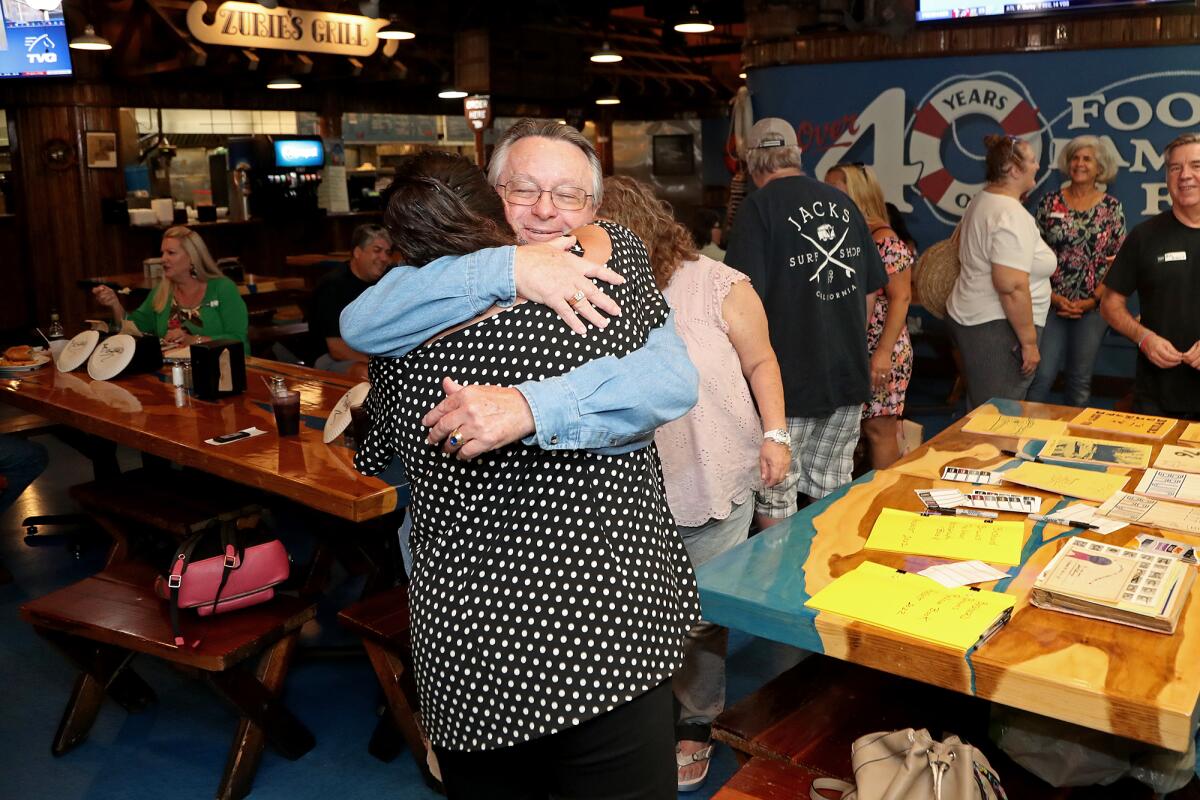
âThere were 10 teachers there, and thatâs 10 people that were committed to an educational program to make sure that the students achieved what their potential was, and theyâre still doing it,â Swaigler said. âTheyâre still committed to these kids.â
The party required five long, banquet-style tables to accommodate the crowd, many of whom enjoyed looking at childhood pictures and several years of yearbooks from their time at Bushard. Students attended the school through their eighth-grade year.
Long since demolished and developed into housing, Bushard â a Huntington Beach school that was part of the Fountain Valley School District â made a lasting impact on those who passed through its doors.
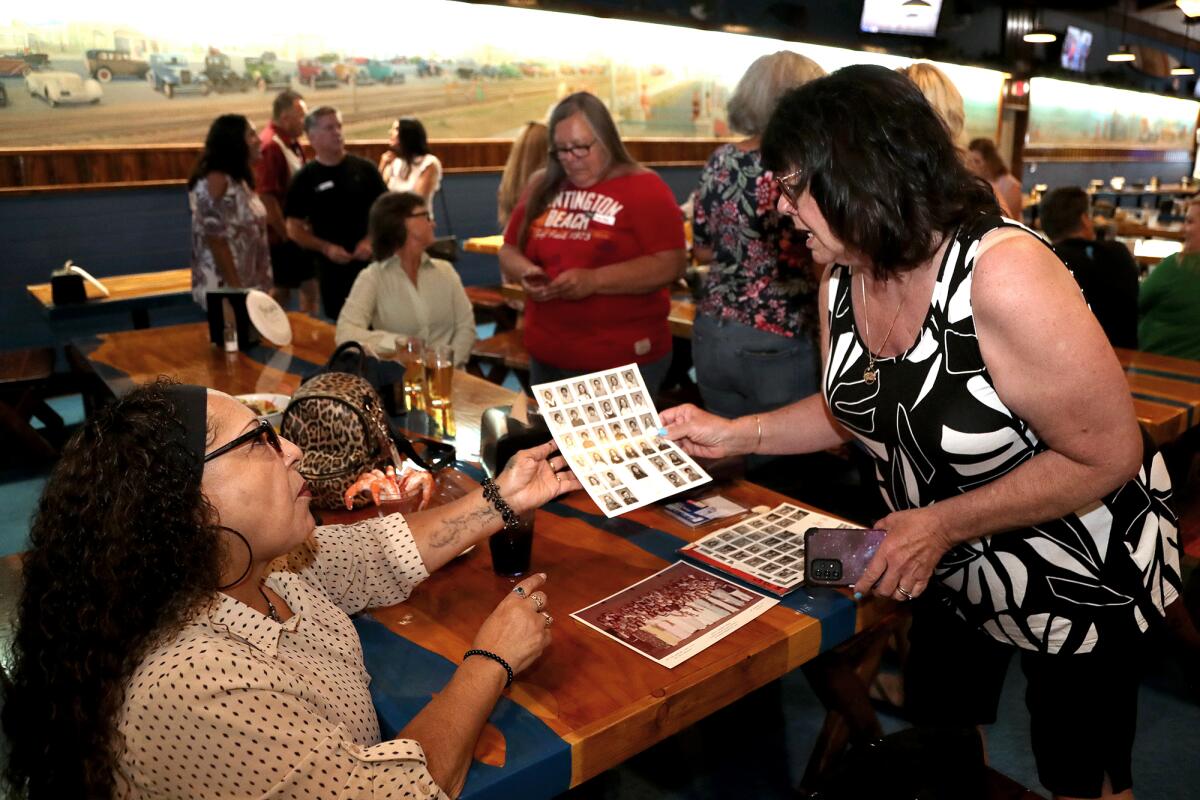
Debby Lundberg Shifflett, who completed the eighth grade in 1975 and organized the event, brought an autograph book to the reunion, and some took the time to leave yearbook-worthy messages. Happy to have the chance to stay in touch, an individual had left their phone number on the front page.
Reunions bring up a variety of memories, and Lundberg Shifflett laughed jovially when commenting that she had run into her first boyfriend at the gathering.
The upbringing of some of the students was a major topic of conversation, too, as some recalled their time growing up in the Continentals, a neighborhood that had come to be defined by crime.
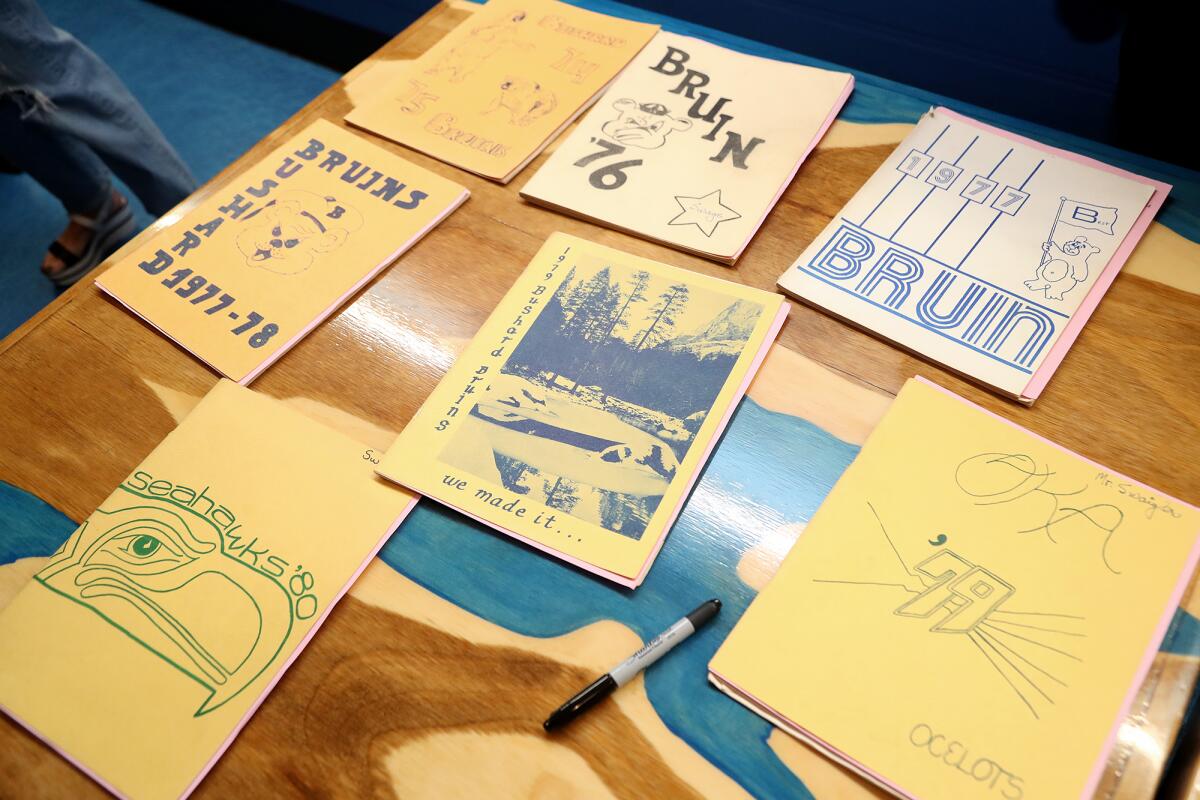
âThere was a wall that divided us from a place called the Continentals, and those were townhouses, and then there were people who lived on the side of the school that lived in [single-family] homes,â Lundberg Shifflett said. âIn the 1970s, there was a lot of turmoil in the Continentals and a lot of broken homes.
âWhat ensued from that were a lot of kids â latchkey kids â single moms raising us, kind of clung to each other, and those friendships were so important because we needed each other, and at that age, we didnât share a lot of the broken home stories.â
Swaigler recalled that the students who came from that situation showed an uncommon interest in the school, which he surmised happened because it provided structure in their lives. He said teachers would keep their classrooms open long after the final bell had rung.
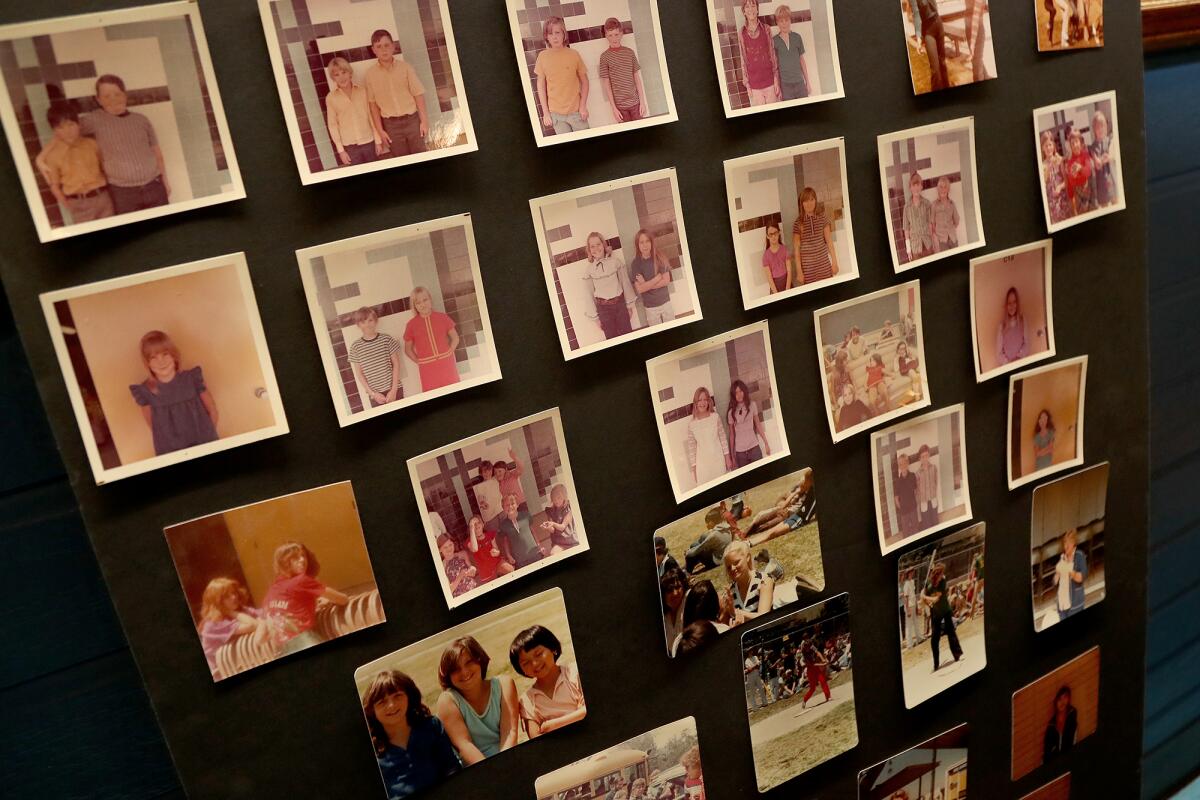
The teachers went beyond teaching the curriculum, fashioning themselves as counselors to provide much-needed positive experiences for their students, Swaigler said.
âIt wasnât a situation where they didnât want to go to school,â Swaigler said. âThey wanted to go to school because every day was brand new for them, there was something different going on. Thatâs why our curriculum that we came up with was so rewarding â because it was student-driven. Make everything positive so that they felt good about themselves, instead of feeling like the whole world was coming down on their shoulders.â
::
Support our coverage by becoming a digital subscriber.
All the latest on Orange County from Orange County.
Get our free TimesOC newsletter.
You may occasionally receive promotional content from the Daily Pilot.




